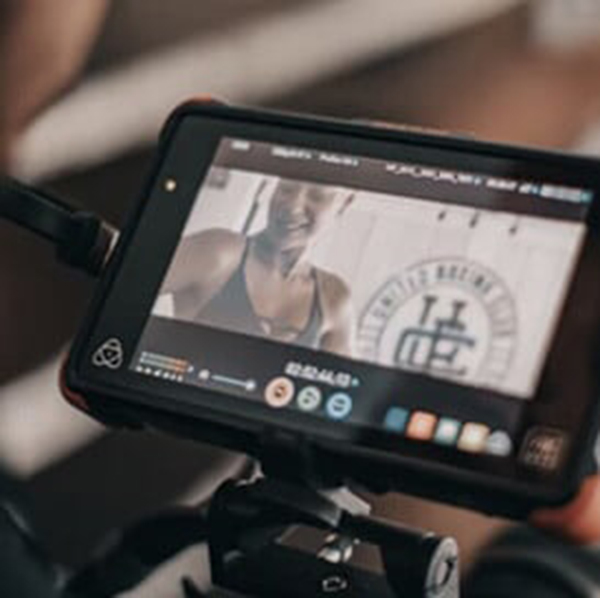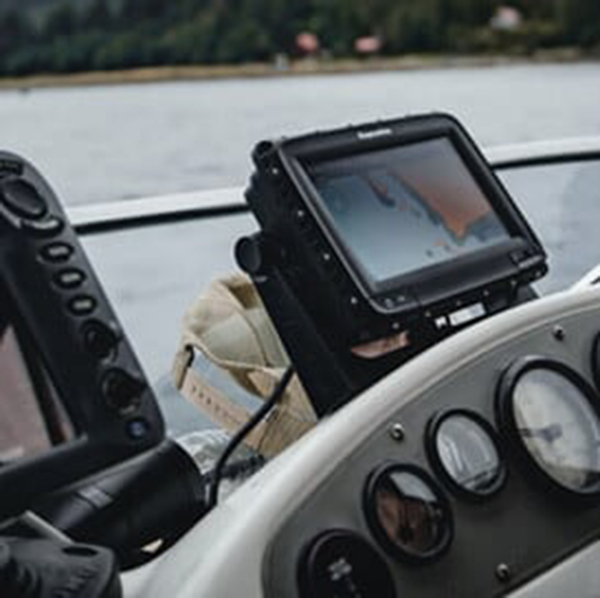Copyright © 2020-2021 Shenzhen CDTech Electronics LTD. All rights reserved. Site Map Powered by iwonder.cn

display / touch / bonding solutions

display / touch / bonding solutions
Vehicles are increasingly outfitted with a way to keep all of the passengers entertained during a road trip or give directions during a long voyage. Installing an LCD display in your car adds visual entertainment and practical functionality. Vehicle LCD displays need to be specifically designed with the following characteristics.
Temperature
When a vehicle is parked in the sun, the temperature inside can skyrocket, easily reaching 50 degrees C or even more. It is not uncommon for regular electronic equipment to be damaged, or plastics to be softened, in these conditions. However this typically only happens when the vehicle is unattended and hence the PC or LCD display would be switched off. So automotive LCD displays need to have a “storage temperature” rating to at least 60 degrees C for when they are not in use.

Care also needs to be taken with the maximum operating temperature of the equipment. Normally when someone is in the vehicle using the LCD display, they would not let the ambient air temperature get as high as 50C. The LCD display however could be powered on immediately after the car has been parked for a while, or it could be in direct sunlight, so it could still get quite hot. Hence it is recommended that vehicle monitors should be rated to at least 50 degrees C operating.
Shock and Vibration
This one is fairly obvious: any equipment installed in a moving vehicle needs to tolerate a high level of shock and vibration. Most regular office equipment would not be designed for this, so it is important to make sure the vehicle LCD display and PC have a high shock and vibration rating and are designed for this kind of environment.
Powering the Monitor
The electrical systems in vehicles can present some serious challenges for sensitive electronic equipment. Vehicles have a low voltage DC system, which obviously differs greatly from the mains power found in buildings. Although the voltage may be rated as 12V or 24V, it can often be higher than this, since the charging voltage for a 12V lead acid battery is typically 14.4V.

What is not so well known is that vehicle power systems can be very unstable, with huge voltage surges and dips. This most often occurs when the engine is started: the normal 12V from the battery can drop down to only a few volts whilst it is feeding large amounts of current to the starter motor. Then after the engine starts, the load is “dumped” and the voltage of the system can suddenly surge to as high as 90 volts for a short period of time before settling back to near 12V. For more information on this please refer to this article in the Esis newsletter. Hence any PC or LCD display installed in the vehicle needs to be able to tolerate these very high voltage surges, and dips, without being damaged.
In addition, it is not recommended for regular PC’s to be switched off by simply cutting off the power. If the PC was wired directly to the vehicle’s power system, this is how it would be switched off, and this could result in data loss or corruption of the hard drive. Hence a vehicle PC needs to have 2 power connections, to allow it to sense the state of the ignition switch and gracefully shut down when the car is parked, without losing power altogether.
Brightness and Dimming
Display exposed to direct sunlightThe fourth feature to check on a vehicle LCD display is the brightness. When using a monitor in a vehicle, the challenges are the same as trying to use it outdoors: bright sunlight on the screen can make regular screens unreadable, whilst at night time the screen can be much too bright for comfort.

For daytime use, the LCD screen needs to be designed for sunlight readability. This is typically done by using a high brightness LED backlight (around 1000 nits), which can be combined with anti-reflective coatings on the screen. An alternative method is to use a “transflective” LCD panel, which uses the sunlight to boost the display brightness.
For night use in a vehicle, it is important that the screen should be dimmed enough to allow the driver’s eyes to adjust to the low light level outside. Note that all LCD displays have a limit of how low they can be dimmed before the monitor backlight simply turns off. Hence vehicle LCD displays need to support an extra wide dimming range, so they can be operated at a very low brightness.
Size and Physical Mounting
The fifth feature to be careful with is the monitor size and its physical mounting into the vehicle. Clearly the size of the monitor is very important in a vehicle, so it fits comfortably and allows safe driving. The mounting method is also critical though. Standard monitor wall brackets are typically not designed for the high shock and vibration, and high temperature, found in vehicles. Hence it is necessary to buy a specially designed vehicle mounting bracket that allows the LCD display to be positioned right, and securely installed to prevent it moving or causing a hazard in an emergency.
We are a reputable custom LCD display manufacturer
Our research and development team are always delivering and ready to take your customization order whenever. Are you in need of a customized LCD display screen of high quality? Contact us today to get started.
By continuing to use the site you agree to our privacy policy Terms and Conditions.